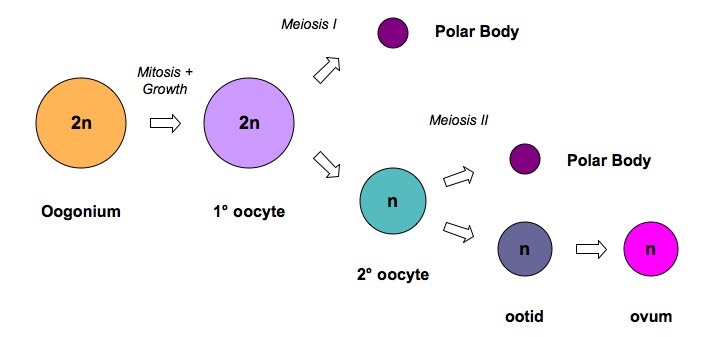1.
Describe, using an example, the role of
altruistic behavior
§ Altruism
is behaviour which benefits another individual at the cost of the performer
§ It
appears to be in opposition to natural selection as it reduces the possibility
of the altruistic individual passing on their own genes
§ However
it improves the chances of the other individual passing on genes into the same
gene pool (this is called inclusive fitness)
§ If
the individuals are closely related, altruistic genes will persist in the gene
pool and be naturally selected
§ Enhancing
the reproductive success of relatives is called kin selection
§ Altruism
occurs in social animals and is more common in members of the same species who
are closely related
Examples of Altruism:
§ Vampire
bats commonly regurgitate blood to share with unlucky or sick roost mates
unable to gain independent sustenance
§ Velvet
monkeys give alarm calls to warn fellow monkeys of predators, even though doing
so draws attention to themselves
§ Termites
break a gland in their neck, releasing a sticky substance which protects others
from attacking ants at the cost of their life
2.
Explain how the sympathetic and parasympathetic
systems control the heart, the salivary glands, and the iris of the eye
The sympathetic and parasympathetic
nervous systems are part of the autonomic system and have antagonistic actions
Sympathetic Nervous System
§ Involved
in processes that prepare the body for action ('fight or flight' responses)
§ The
sympathetic nervous system releases noradrenaline (adrenergic) via sympathetic
nerves
§ Heart
rate will increase to improve blood flow (via release of adrenaline)
§ Pupils
will dilate to improve vision (via contraction of radial muscles)
§ Blood
flow to gut will decrease (due to vasoconstriction of blood vessels by smooth
muscles)
Parasympathetic Nervous System
§ Involved
in processes that occur when the body is relaxed ('rest and digest' or 'feed
and breed' responses)
§ The
parasympathetic nervous system releases acetylcholine (cholinergic) via
parasympathetic nerves
§ Heart
rate will decrease to reduce blood flow (via stimulation by vagus nerve)
§ Pupils
will constrict to restrict light and potential retinal damage (via contraction
of circular muscles)
§ Blood
flow to gut will increase to facilitate digestion (due to vasodilation of blood
vessels by smooth muscles)
3.
Outline how endorphins can act as painkillers
· Pain
is perceived when impulses pass from pain receptors (nocireceptors) in body
tissues to sensory areas of the cerebral cortex
· Endorphins
are released by the pituitary gland during stress, injury or exercise and act
as painkillers by blocking pain perception
· They
do this by blocking the release of neurotransmitters at the synapses involved
in pain signal transmission
4.
Define the term innate behavior
· Innate behaviour is an instinctive response that
is developmentally fixed (i.e. independent of environmental context)



